Evolving energy ecosystems in China

The energy sector is powering economic survival, security and sustainability like never before. Technological advancements like artificial intelligence, blockchain and the internet of things have led to a fundamental transformation in the way nations manage multiple energy sources, supply chains and energy management processes. At the heart of this are growing digitisation, automation, communication, connectivitys and decentralisation. In short – Smart Energy.
Prominence and dominance
The global Smart Energy market is projected to reach US$343 billion by 2030, growing at a CAGR of 10.2% between 2022-30 [1]. One of the world’s largest producers of bioelectricity, China dominates the Smart Energy business, besides being a prominent player in hydropower, onshore wind power and solar photovoltaics.
Having successfully completed investments in electric power projects to the extent of US$165 billion in 2021, revealing a growth of 6% from approximately US$156 billion in 2020 [2].
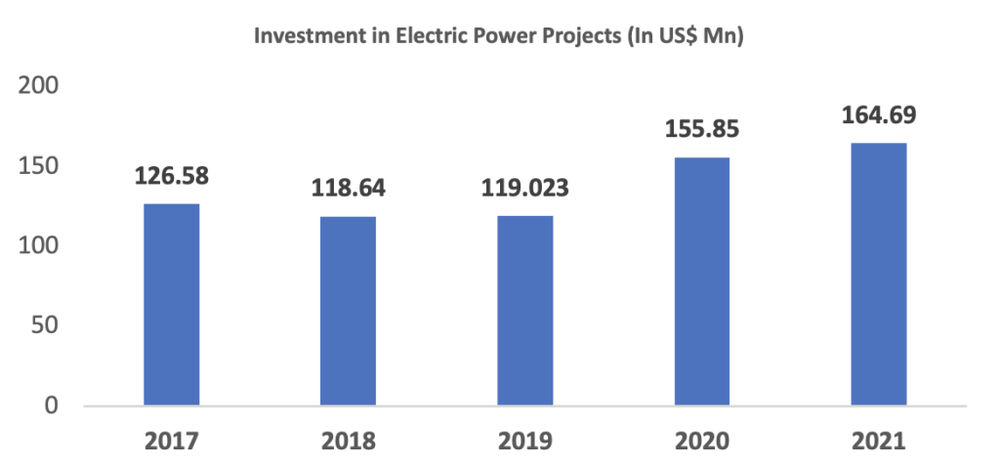
Enabling and achieving
While technology stands as a key enabler towards achieving sustainable renewable energy goals, energy storage and smart grid facilities will be the main tools for ensuring supply reliability in the future.
Transitioning from traditional to integrated intelligent energy services [3]
The Smart Energy ecosystem takes the entire energy value chain on board through an integrated and comprehensive set of solutions.
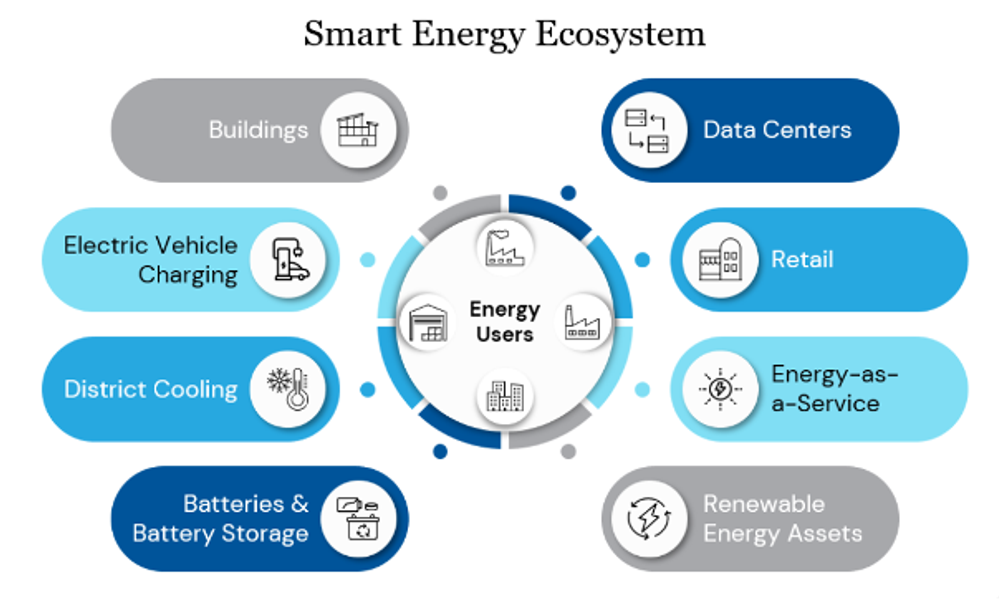
Game-changing tools and techniques for smart electrification
- Smart Grids and Smart Meters: China accounts for about 70-80% of the overall Smart Energy market, with 653 million units installed at the end of 2019 [4]. By 2021, the scale of China’s smart meter market reached US$6.4 billion, an increase of 8% over the previous year [5]. Smart meters reduce maintenance costs, provide real-time data and can communicate securely with NarrowBand-Internet of Things (NB-IoT), based on 4G networks [6].
- 5G in Smart Energy [7]: Through 5G-connected smart meters, homeowners have more information to manage their energy usage better. 5G-powered sensors provide real-time insights into power outages and energy usage. While 5G-enabled drones can help monitor, maintain and inspect energy infrastructure more efficiently.
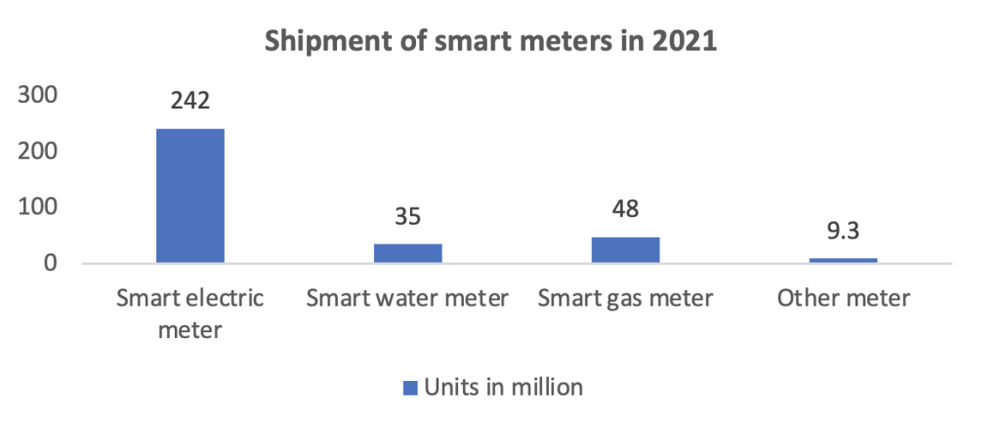
- Smart EV Charging Network: Chinese cities have adapted rapidly to trends in the electrification of transport infrastructure. The city of Shenzhen transitioned its entire fleet of 16,000 buses to electricity in less than five years, replacing the previous diesel buses and cutting emissions from transport by 20%. Apart from the public, property developers, fleet and carpark owners also stand to gain from this push.
To understand the extent to which Smart Energy Solutions can alleviate infrastructural challenges and climate change, we shine a light on some of the exciting new developments in the field:
![The molten-salt solar thermal power plant in Dunhuang, northwest China’s Gansu Province [8]](https://ik.imagekit.io/webxngcnz/venturous-web/images/The_molten-salt_solar_thermal_power_plant_in_Dunhuang__northwest_Chinaâ__s_Gansu_Province__8__UM-vio3ot.jpeg?tr=w-1000)
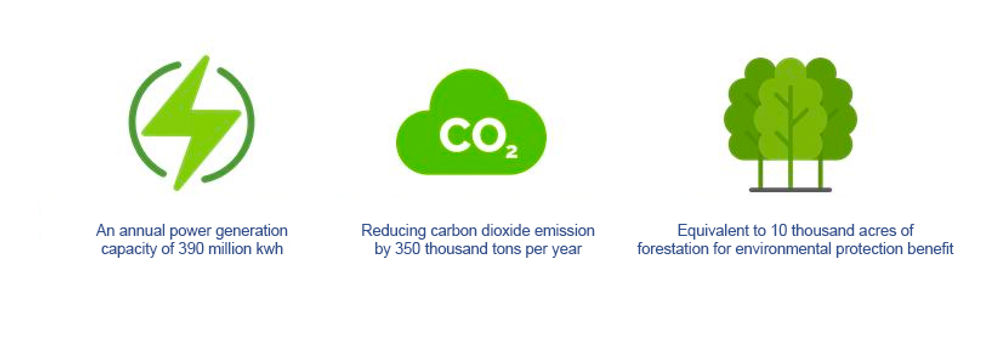
- Molten Salt Solar Thermal Power Plant [9]: Located in the Solar Thermal Park in Qili Town, Dunhuang City and spread over 800 hectares, China’s first hundred-megawatt commercial solar thermal power plant consists of 53,375 mirrors, arranged in a circular configuration around the heat-absorbing tower. Utilising 5,800 tons of molten salt as a medium of heat absorption, storage and exchange, the plant generates new energy with 100% solar power and zero environmental harm.
- “Ecological livable” and “intensive industrial” Smart Energy Towns [10]: The newly built Sino-Singapore Tianjin Eco-city Huifengxi establishes a new paradigm for smart towns. Making extensive use of big data, 5G communications and intelligent IoT to achieve “full perception” of the energy network’s operational status and replacing conventional “manual inspection” and “fault repair” modes of operating the power grid with “intelligent inspection” and “active defense”.
- Smart Energy Home [11]: The government’s Smart City blueprint includes a significant section on initiating urban households into smart home technology (SHT). Besides improving living comfort, smart meters and in-home displays (IHDs) allow homeowners to take control of their energy consumption with up to a 9.1% reduction in monthly electricity usage and about an 11% cut in monthly electricity bills [12].
- Smart Highway [13]: The eastern city of Jinan in China has paved the way to a truly autonomous-driving future by embedding solar panels under a stretch of 1,080 meters (3,540 feet) of transparent concrete. These will not only charge vehicles on the move but also generate enough power to light the entire highway and 800 households.
- Hitachi Energy’s First Smart Energy Facility in China [14]: The rooftop of Hitachi Energy’s transformer manufacturing facility in Guangdong Province is a sight to behold. An expanse of deep blue photovoltaic (PV) panels covers 12,000 square meters, with an installed 1.2 MW of PV capacity and 1 MW of battery energy storage capacity. This is the company’s first facility in China with green and Smart Energy solutions, together with a battery energy storage system (BESS).
- Baidu and China Gas Collaboration [15]: Under the first stage of their partnership, worth US$145 million, Baidu will expedite China Gas’s move to the cloud and harness its AI capabilities to build customised applications, including smart monitoring, smart scheduling, gas usage prediction and smart customer services.
- Smart Airport: In October 2019, Beijing Daxing International Airport became operational, with the successful commissioning of a grid-tied rooftop distributed PV system in the cargo area, east runway and business jet area, seeing Smart Energy take off in the domain of civil aviation [16].
Solving and sharing
Clearly, Smart Energy solutions are not only accelerating China’s clean energy transitions, but also helping build smarter cities as part of shared climate goals across the globe.
Over the last decade, the country has witnessed a massive expansion of grid connections and management systems [17]. According to the International Energy Agency (IEA) [18], plans are already in place to install 1,200 GW of total wind and solar capacity by 2026.
Capacity and generation mix for China in 2035 [19]
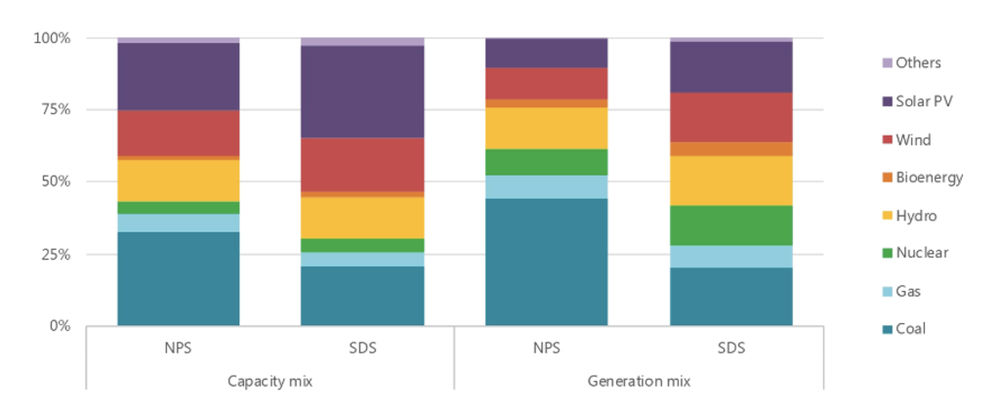
Under the New Policies Scenario (NPS) and the Sustainable Development Scenario (SDS) [20], Smart Energy systems are increasingly being developed to address carbon neutrality; and large-scale integration challenges such as variable power quality, energy waste, low energy efficiency and uncoordinated system operation.
Revealing the seriousness of China's sustained move towards cleaner and greener cities by achieving the right balance between renewable and non-renewable resources, growth and sustainability.
References
- [1] GlobeNewswire: Smart Energy Market Size is projected to reach USD 343.10 Billion by 2030, growing at a CAGR of 10.2%: Straits Research
- [2] & [17] China Energy Portal: 2021 Electricity & Other Energy Statistics (Preliminary)
- [3] IEA: Evolving Energy Service Companies in China
- [4] Smart Energy International: Asia to Deploy More Than 570 Million Smart Electricity Meters
- [5] GlobeNewswire: Global and China Smart Meters Industry Report, 2022-2027
- [6] GSMA: China Mobile Electric Smart Metering – Internet of Things Case Study
- [7] CBInsights: 5G & The Future Of Connectivity: 20 Industries The Tech Could Transform
- [8] & [9] Advantech: The World is Watching! China Builds Its First Hundred-Megawatt Molten Salt Solar Thermal Power Plant
- [10] Hazardex: Tianjin Builds China’s First Smart Energy Town
- [11] Energy Research & Social Science Journal: Between Users, Functions, and Evaluations: Exploring the Social Acceptance of Smart Energy Homes in China
- [12] Intelligent Buildings International Journal: Smart Meter and In-home Display for Energy Savings in Residential Buildings: A Pilot Investigation in Shanghai, China
- [13] Bloomberg: China’s Built a Road So Smart It Will Be Able to Charge Your Car
- [14] Hitachi: Hitachi Energy Builds Green Factory with Smart Energy Solutions
- [15] PR Newswire: Baidu and China Gas Collaborate to Accelerate Smart Energy Transformation
- [16] PR Newswire: Huawei Fusion Solar Powers Select Areas of Beijing Daxing International Airport
- [18] Electrek: China’s Largest Offshore Wind Farm is Now Fully Connected to the Grid
- [19] & [20] IEA: China Power System Transformation







